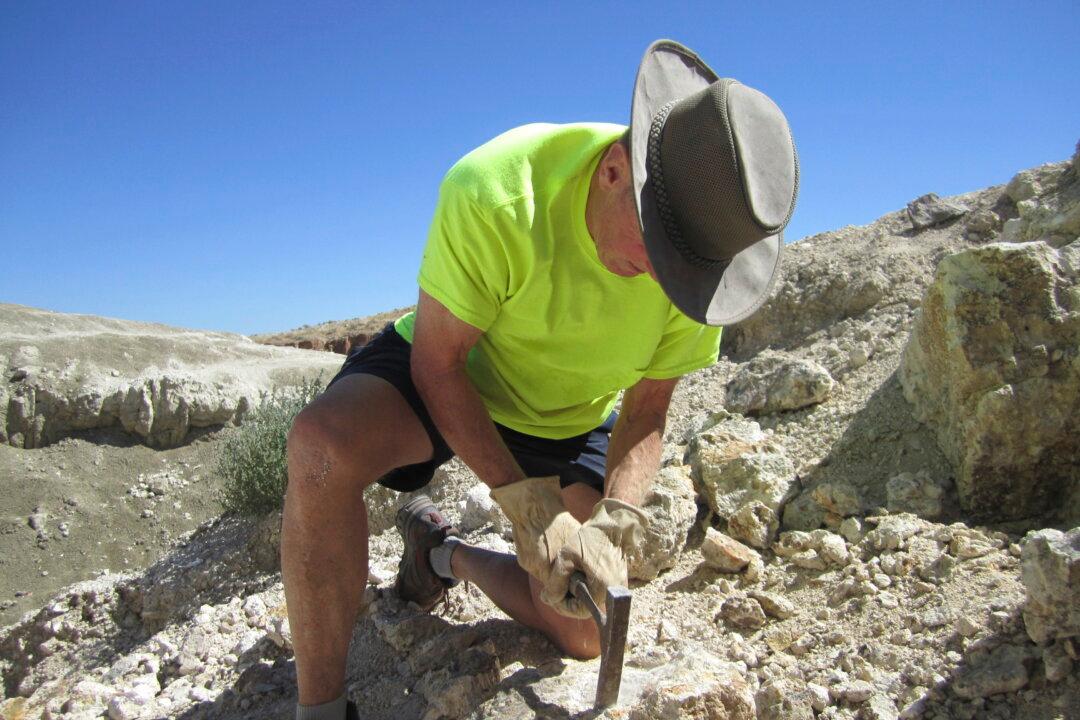A free app lets anyone with an iPhone or iPad discover and classify fossils with the eye of a scientist.
“We know people are captivated by paleontology and interested in fossils,” says principal investigator Bruce Lieberman, professor of ecology and evolutionary biology at the University of Kansas.
“The app links to pictures, maps, and information about how long ago fossils occurred,” he says. “We thought, ‘Hey, when people are out finding fossils, they’re not on their computer.’ They might be out walking, pick up a fossil, and think, ‘Cool! What species is this? Where have others like this one been found?’”
The app, called the Digital Atlas of Ancient Life, is available for free on iTunes.

ArtyAlison/iStock

